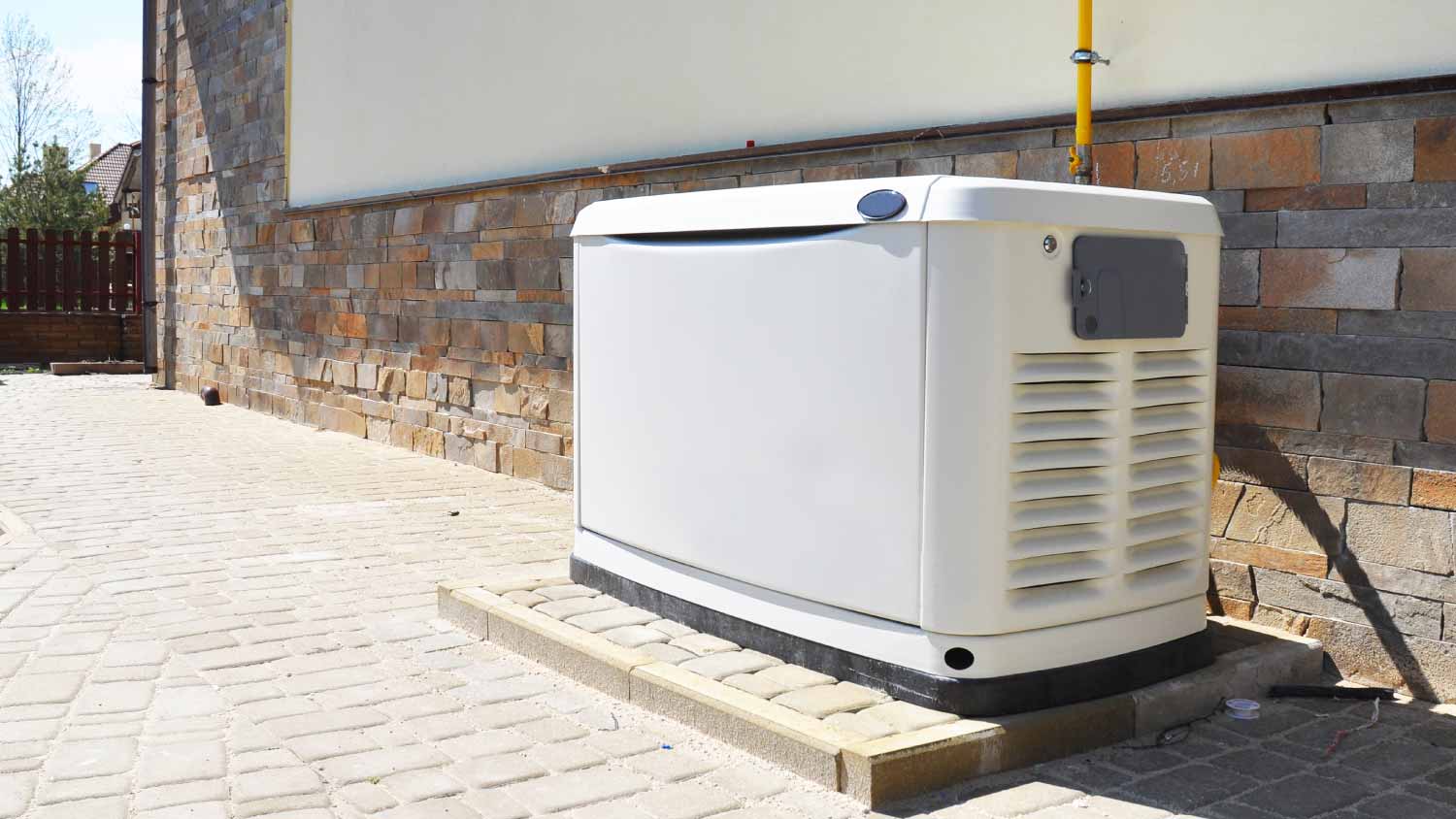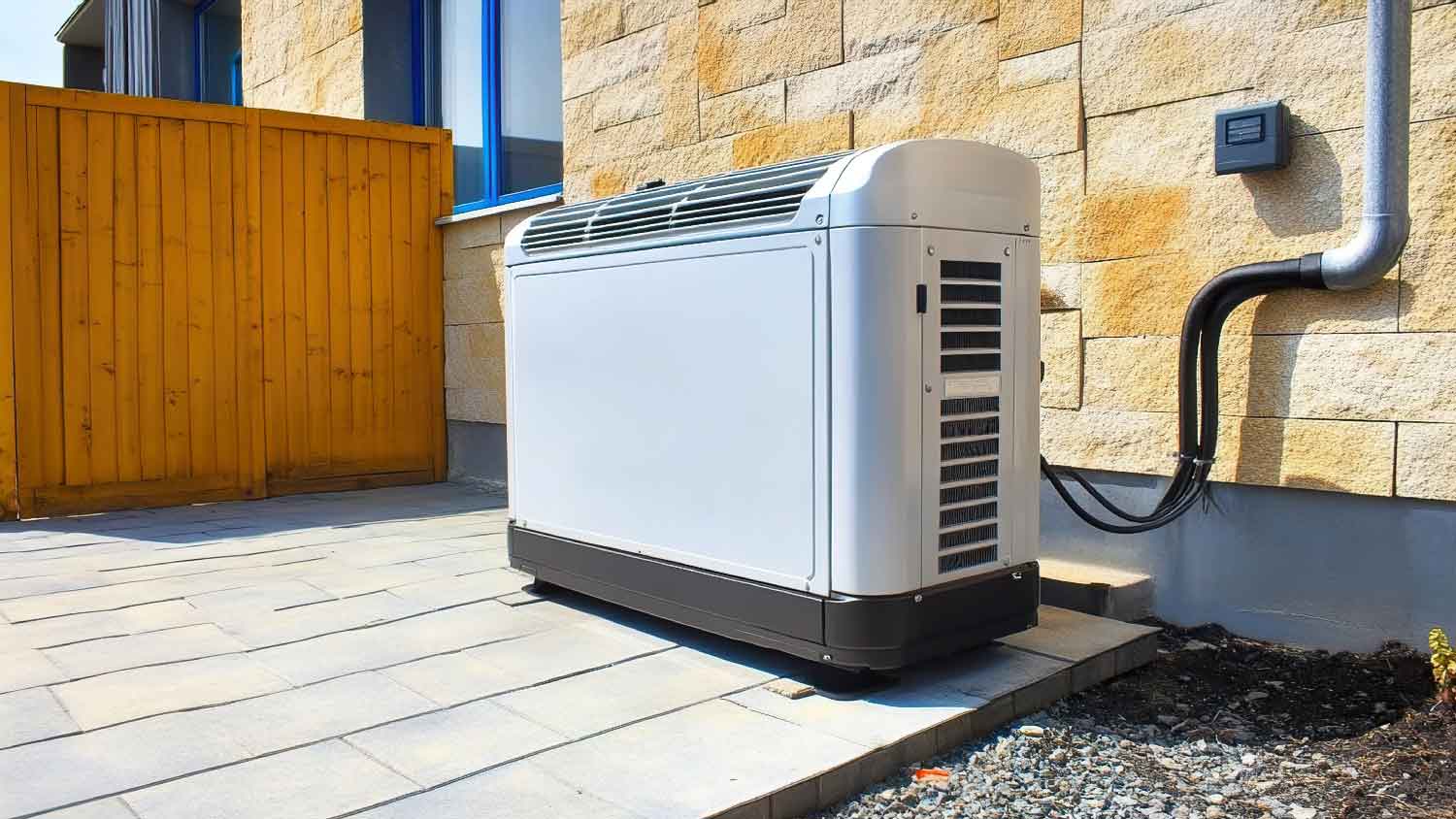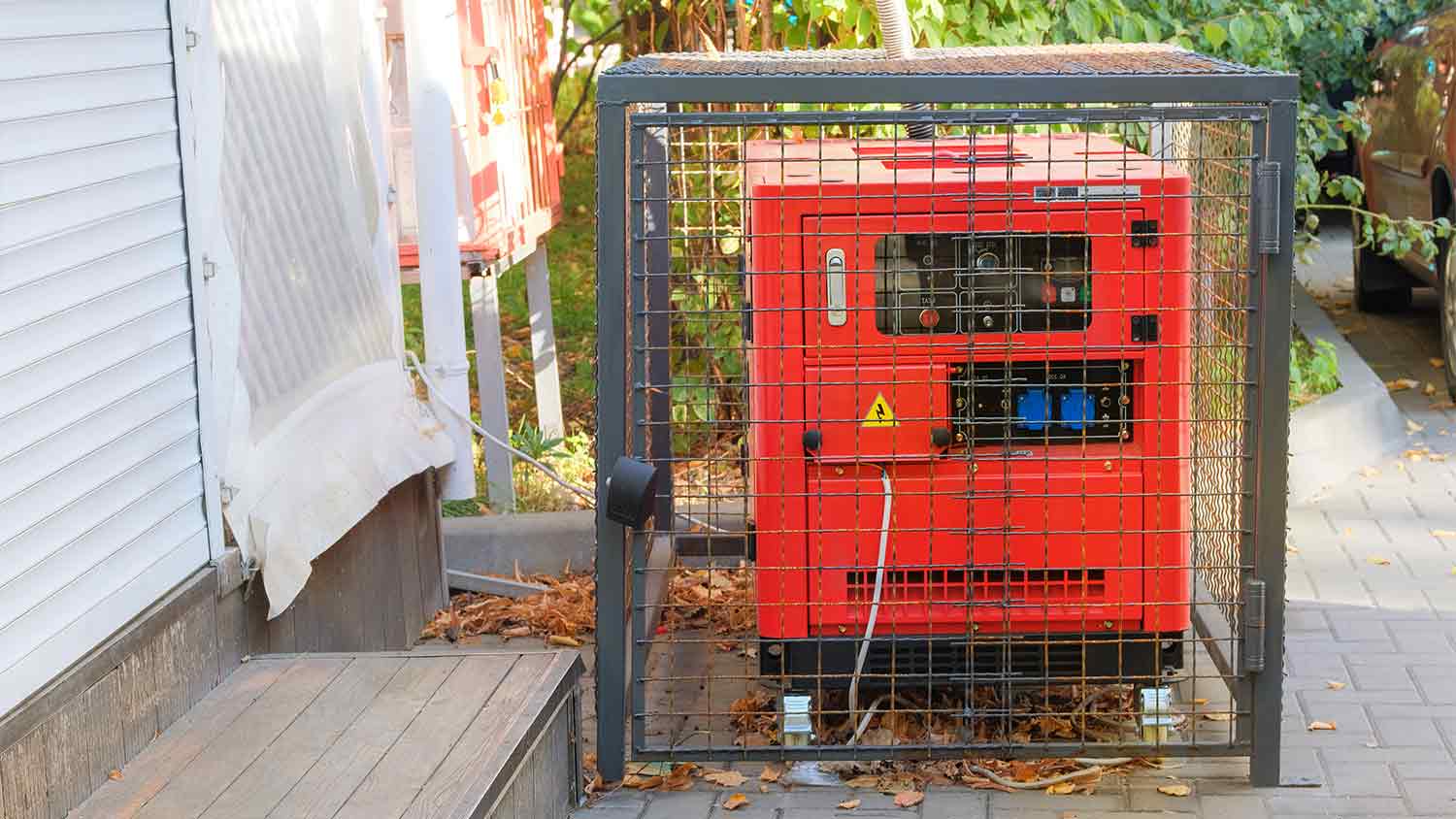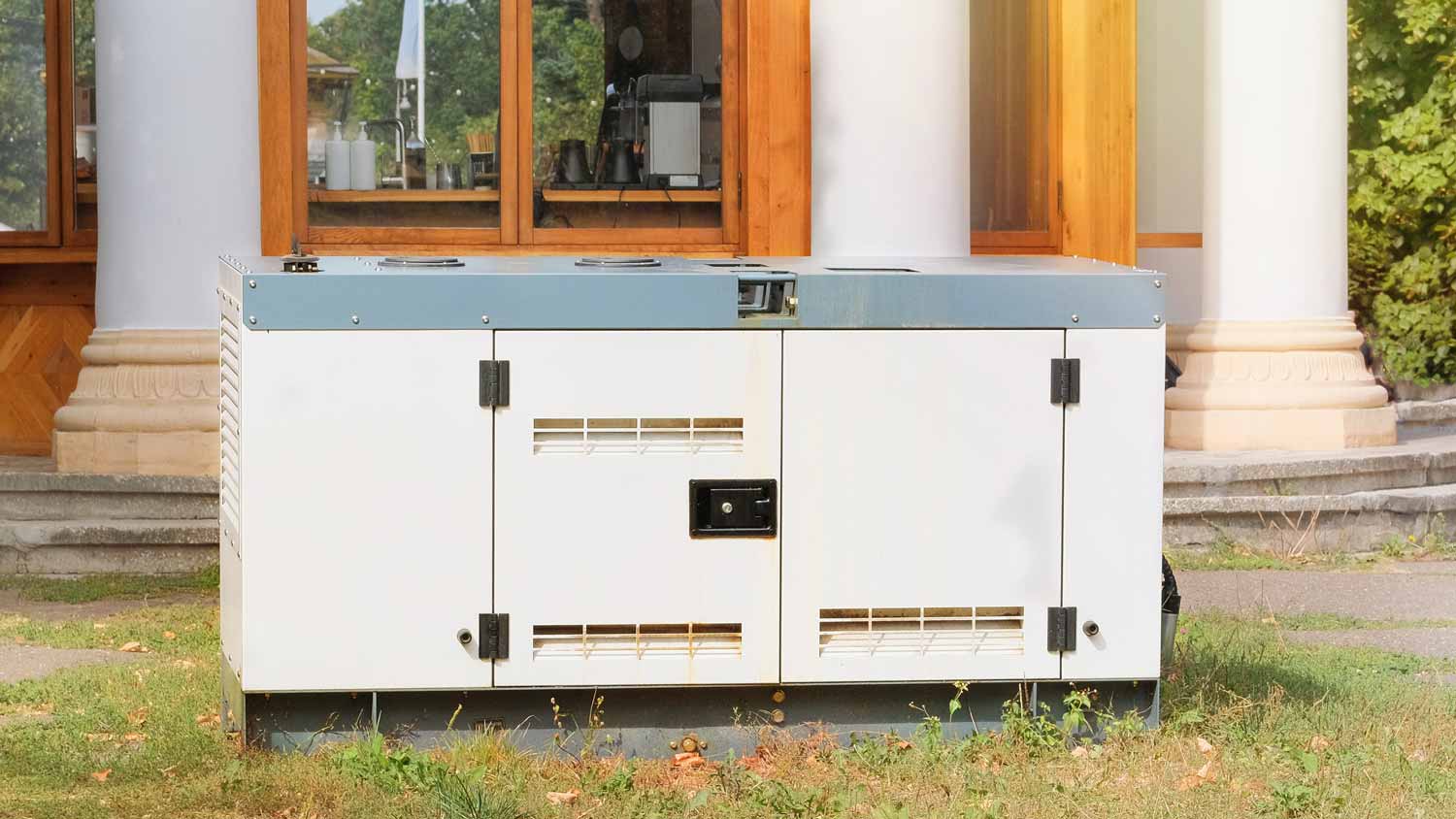Home Standby Generators vs. Battery Backup Systems: Which Is Right for Your Home?
Home standby generators may need backup in this battle of generator giants


Home standby generators are lower in initial cost, but cost more to fuel over time.
Battery backup systems are higher in upfront costs, but boast in sustainability and minimal maintenance.
Standby generators are ideal for areas with long-term and frequent outages.
Battery systems are designed for short-term, essential power needs.
If you’ve never considered the possibility of a battery-powered home, it’s time to start. Home battery backup systems are future forward and offer many potential benefits. However, home standby generators are tried-and-true as an effective power source. So, which one is better for your home’s electrical needs? Read on to compare home standby generators vs. battery backup systems.

Home Standby Generators vs. Battery Backup System: Key Differences
Standby generators and battery backup systems can power your home during an outage. Standby generators are fuel-powered (natural gas, propane, diesel) and connect to your home’s electrical panel. Backup battery systems run on battery power, which is drawn from a home solar system or an electrical grid. Standby generators have lower initial costs and can power your home for longer than battery systems. However, battery backups are more low-maintenance and slightly easier to install.
What Is a Home Standby Generator?
When an electrical grid loses power, a home standby generator provides electricity to a home using fuel sources such as natural gas, propane, or diesel. Standby generators come in various types and are the ideal option for long-term outages.
| Pros | Cons |
|---|---|
| Lower initial cost | Requires more maintenance |
| Can run for up to 3 weeks | Not as environmentally-friendly |
| Powers a greater number of appliances | Noiser |
| Powers home automatically | More complex installation |
Best for:
Budget-conscious homeowners
Extended and automatic use
Homes with many appliances
Pros of a Home Standby Generator
Compared to battery backup systems, home standby generators are more affordable to install. The cost to install a whole-house generator is $1,500 to $5,000 on average. Standby generators can also provide continuous power for up to three weeks. This traditional type of generator can easily power a larger number of appliances, far beyond the essentials.
Cons of a Home Standby Generator
While standby generators are undoubtedly effective and affordable, there are also drawbacks to consider. Standby generators are noisy, harder to install, not as eco-friendly, and require regular maintenance.
What Is a Backup Battery System?

A battery backup system draws power from a battery rather than a fuel source. Backup systems are charged by solar power or the local electrical grid. A local general contractor can install a battery backup system in any home location that is easily accessible, safe, and properly ventilated. Common installation locations include the basement, utility room, garage, attic, or a covered outside area.
| Pros | Cons |
|---|---|
| Quiet | Higher initial cost |
| Environmentally-friendly | Only lasts a few hours |
| Low maintenance | Only provides enough power for essential appliances |
| Easier installation |
Best for:
Areas with few power outages that are short in duration
Homeowners looking for a quiet and low-maintenance generator
Homes with solar panels or another renewable energy source
Environmentally-conscious individuals
Pros of a Backup Battery System
Though relatively new on the scene, battery backup systems are being considered as a more environmentally-friendly generator option. Battery systems are solar-powered, quiet, easy to maintain, and simple to install.
Cons of a Backup Battery System
Some disadvantages of battery backup systems include higher initial costs, shorter run times, and insufficient power for several appliances. The cost of a home battery backup system ranges from $10,000 to $20,000.
Home Standby Generator vs. Backup Battery System
Now that we’ve covered pros and cons, check out how the standby generator and backup battery compare in the following categories:
Price: Home Standby Generator
Home standby generators cost less to install upfront, though battery backup systems may yield higher long-term savings on energy expenses. You can expect to pay anywhere between $1,500 and $15,000 for a home standby generator, excluding fuel costs. The cost of a battery backup system is slightly higher, ranging from $10,000 to $20,000.
Maintenance: Battery Backup System
The beauty of battery backup systems is that they’re very easy to maintain. You’ll only need to monitor the charge and health of its battery, along with making sure any software is up-to-date. On the contrary, standby generators require frequent refueling, oil changes, and battery testing.
Run Time: Home Standby Generator
With sufficient fuel, home standby generators can run continuously with many appliances for up to three weeks. Battery backup systems, however, can only last a few hours before needing to be recharged. This makes battery systems ideal for brief and infrequent power outages, whereas standby generators are built for recurring, long-term outages.
Sustainability: Battery Backup System
In the category of eco-friendliness, the battery backup system is the clear winner. Standby generators run on fuel sources that release harmful emissions into the environment. Battery systems, though, don’t produce any harmful emissions.















